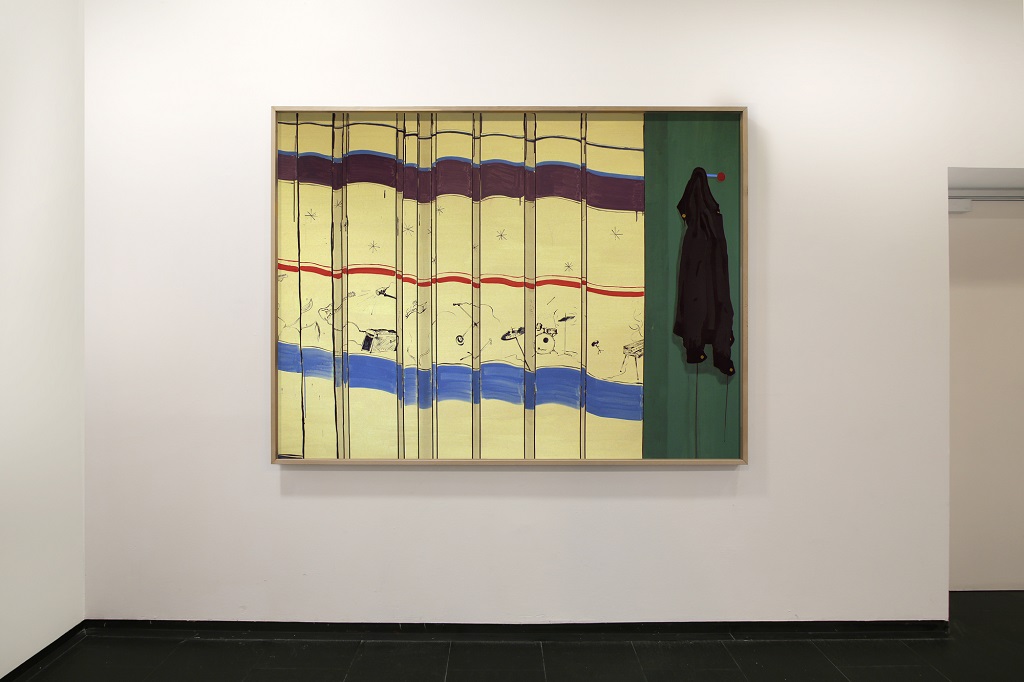
The world of Miki Leal is a world of jazz, cinema, the American lifestyle and sport, as well as his family world, his domestic environment and within it his personal belongings.

The world of Miki Leal is a world of jazz, cinema, the American lifestyle and sport, as well as his family world, his domestic environment and within it his personal belongings.
The transportation of artworks is one of the most important aspects of preventive conservation. This intermediate step between the loan leaving its usual place and its installation in another location is essential to its conservation, as much deterioration occurs at this point: movements, vibrations, changes in temperature, fluctuation in humidity, etc. The way this is managed is essential in order to minimise all these factors.
The storage – or reserve – area is the space where works of art remain the longest and is also the place with the highest number of artworks in the museum. It is, therefore, a very important area not only for the conservation of the collections, but also for their entire management cycle. A storage area without adequate conditions cannot guarantee the other missions fulfilled by museums, which are based on the generation and transmission of knowledge via their collections.
The building features an air-conditioning system through which it is possible to maintain the humidity and temperature levels required to stabilise and slow down the natural ageing of the materials that make up the pieces.
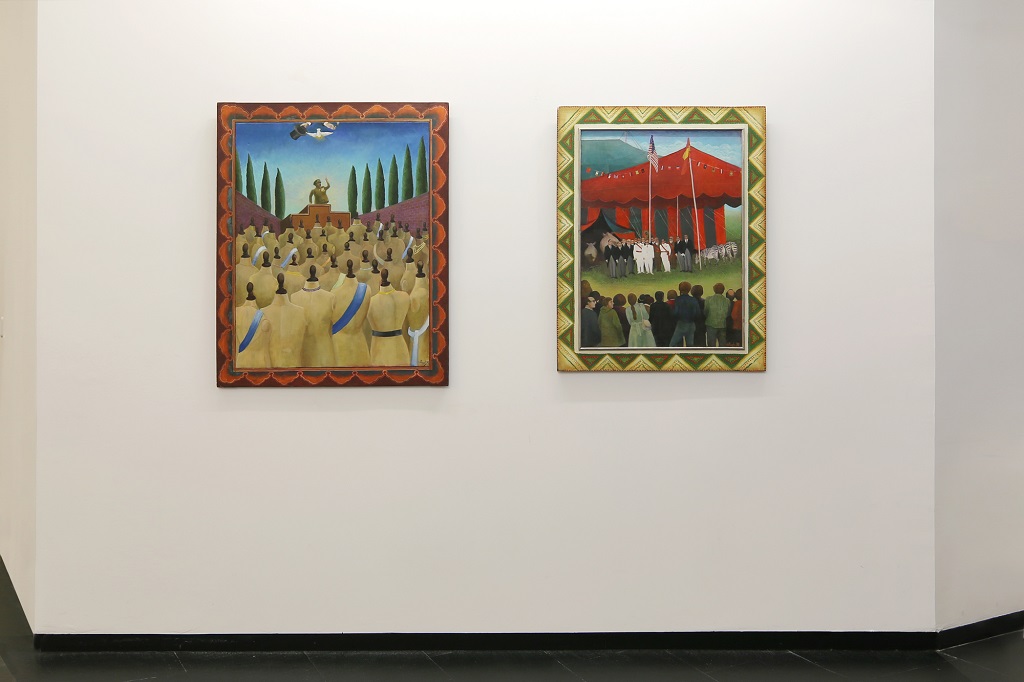
Part of a group of figurative women painters like Esther Boix and Isabel Villar, Carmen Pagés’s work reflects openly on social injustices and how power is wielded over the least fortunate in today’s societies.
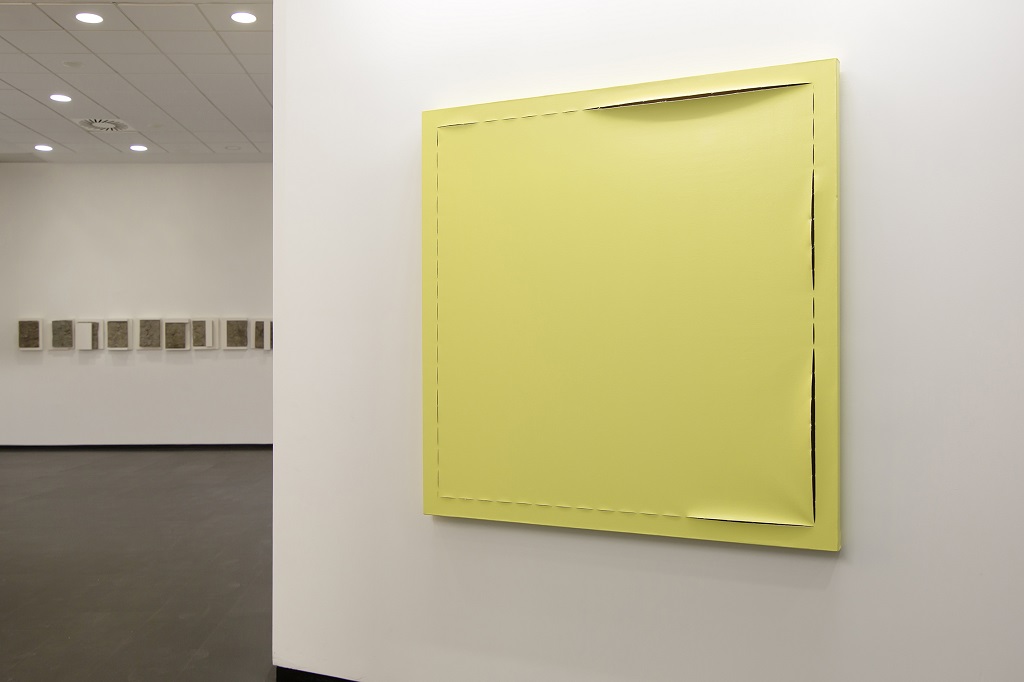
Many of Ángela de la Cruz’s paintings are presented as extended bodies with clear physicality as she twists the canvases, scratches the fabric or manipulates the supports. This makes each of her works a container of stories where paint takes on a physical and spatial presence.
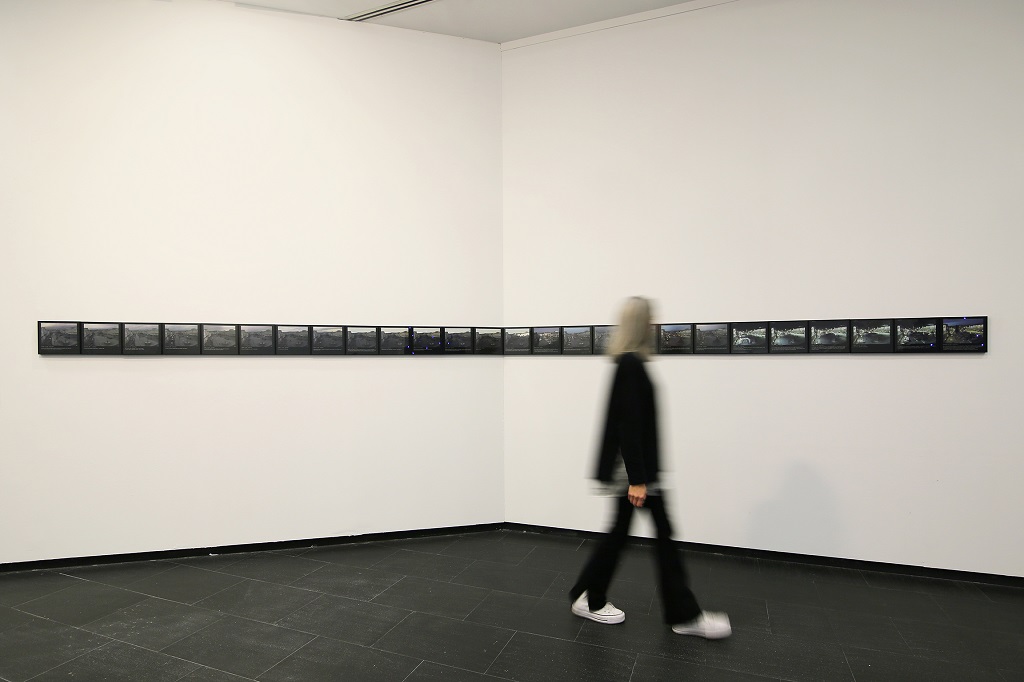
Linz Diary, by the artist Emily Jacir, is a series of colour photographs taken in 2003 to capture the artist’s action which consisted of walking around a fountain in Linz Square, in Austria.
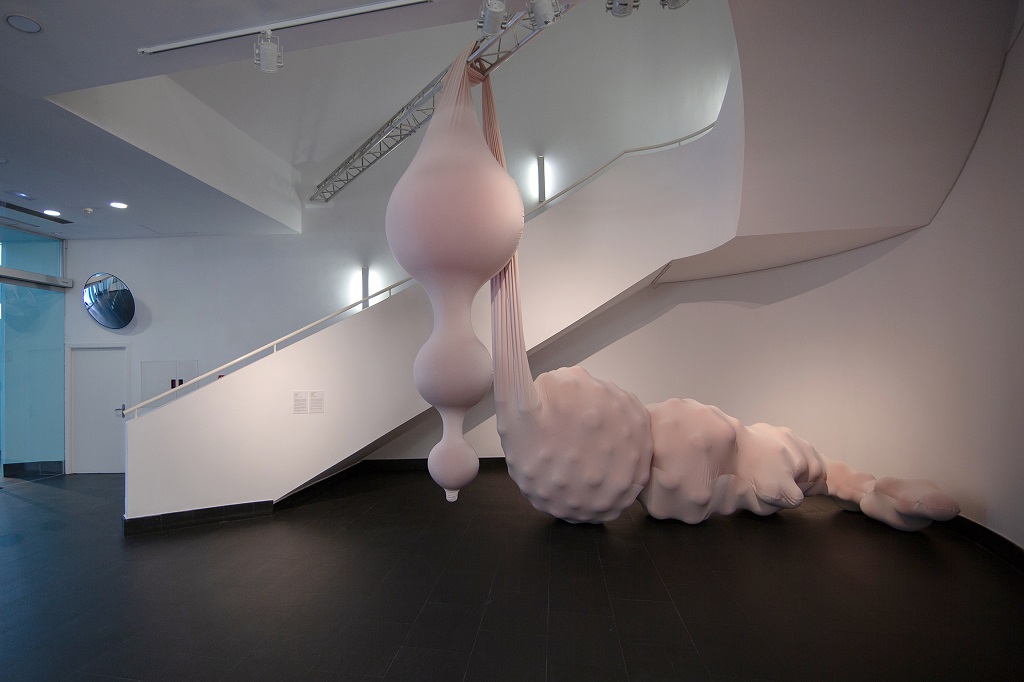
Eva Fàbregas envisions interaction with art through sensorial experience. Her sculptures, made of soft, ethereal materials like fabric and air, often include sound and beckon us to draw closer through the senses, to discover them through touch, generating an intimacy in which affect can flow.
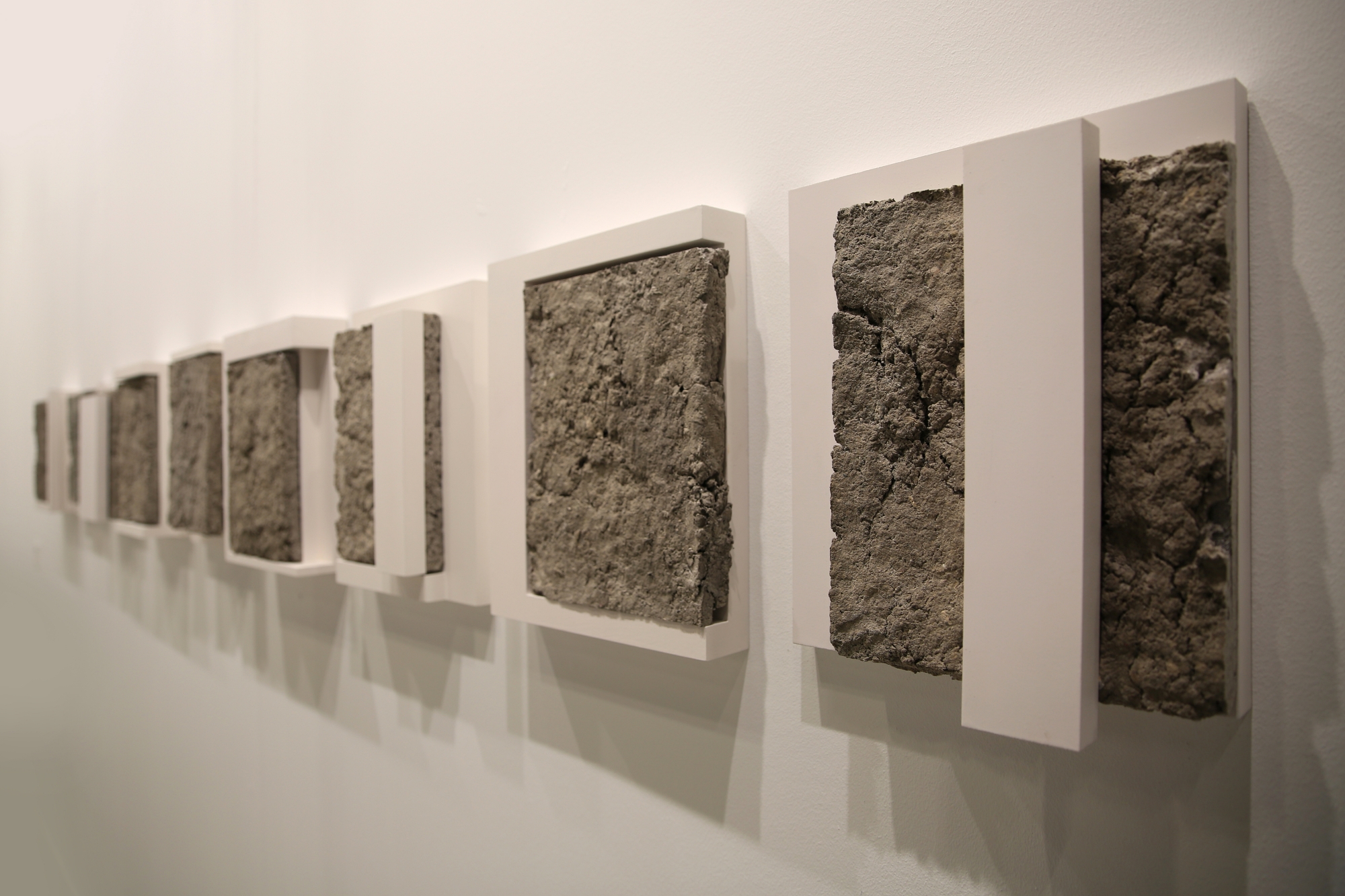
Ixone Sádaba questions the meaning of images and what photography can do now that it has lost its status as an instrument to document reality. Her artistic practice is inspired by Foucault’s thesis about truth as a historical construct and by the distinction between objects and things that Heidegger proposed, which states that an object turns into a thing when it can no longer be used for the purpose it is customarily given.
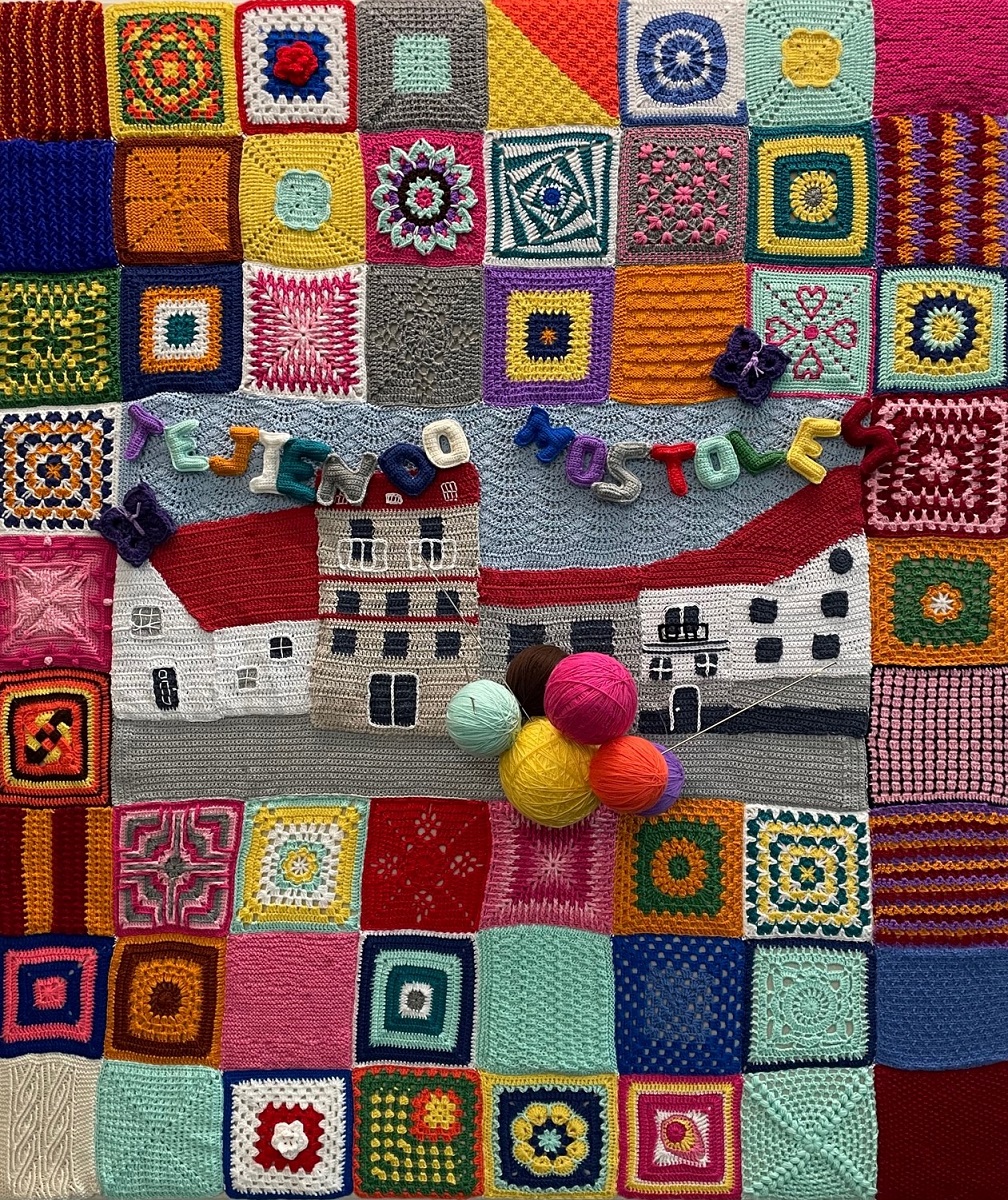
In 2014, three women who lived in Móstoles began to meet regularly at the CA2M cafeteria to chat while crocheting together. As they were gradually joined by more and more people, the museum ended up offering them more space, and every Wednesday from 11.00 a.m. to 2.00 p.m. they were provided with a large table that would soon be complemented by a textile work from the museum’s permanent collection by artist Teresa Lanceta.